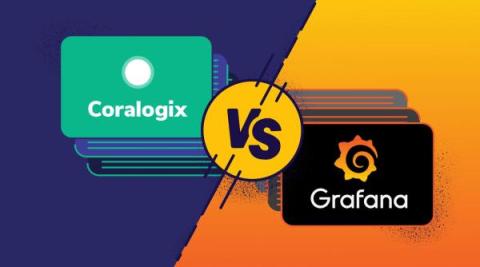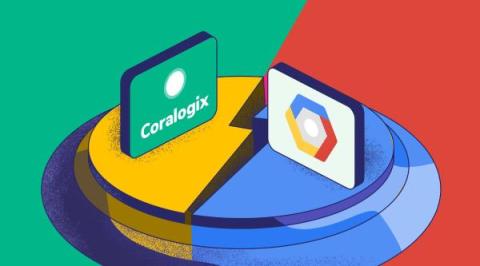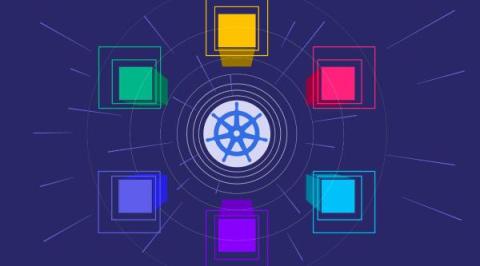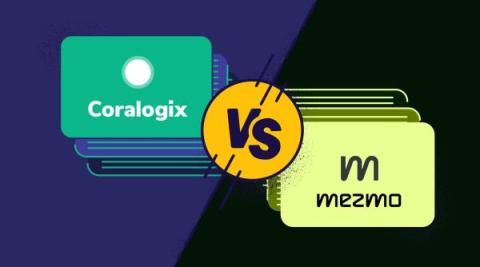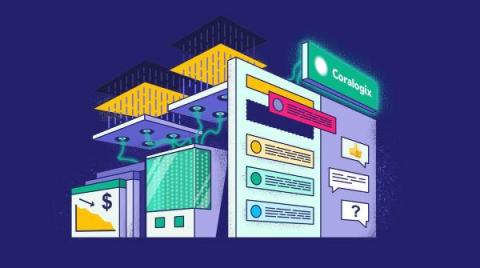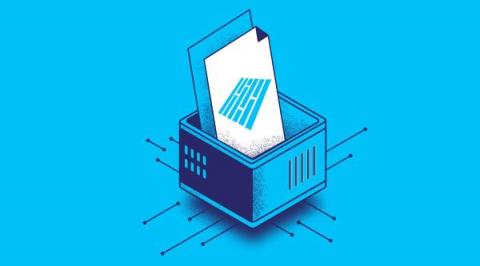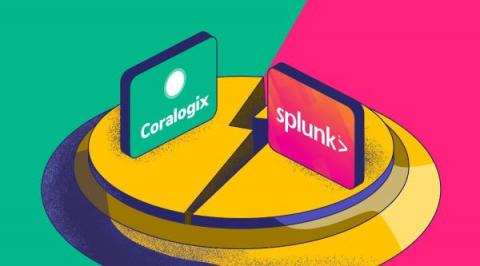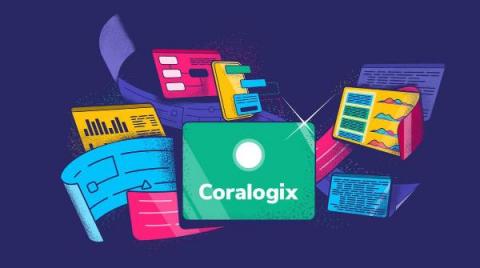Coralogix vs Grafana Cloud: Pricing, Features and More
While Grafana is one of the better known names in the industry, Coralogix offers a full-stack observability platform. Despite the popularity of the Grafana brand, the cloud based solution lacks in some key areas. This article will go over the differences between Coralogix and Grafana Cloud, from features, customer support, pricing and more.


